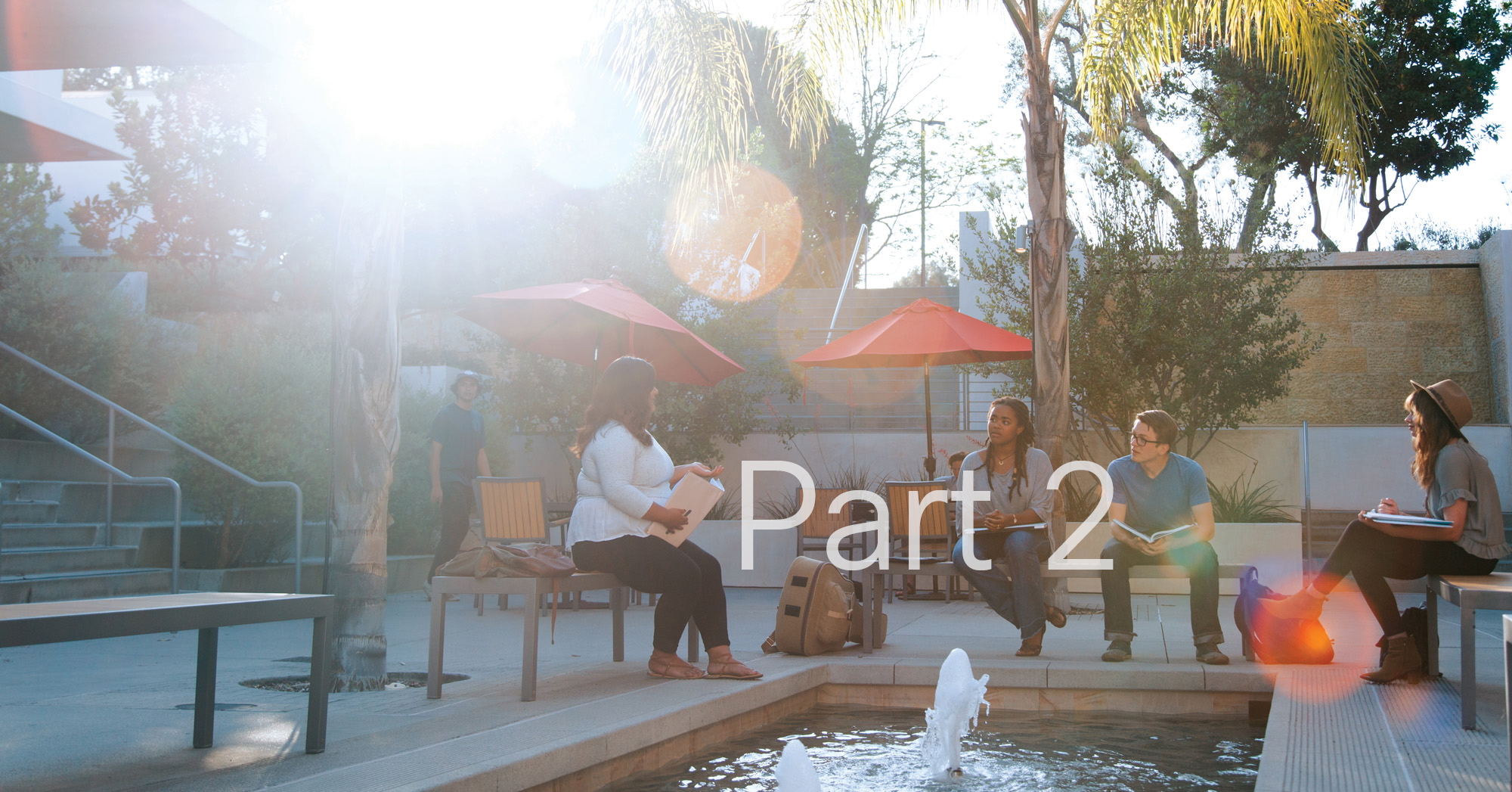- Restore Damaged Files & Save Your Business for Only $50
- FCC proposes BGP security measures
- Critical Steps to Bolster UK's Cyber Resilience: Insights for Policy Makers from Cisco’s Cyber Readiness Index
- ¿Qué frena a los directores de tecnología?
- Cyber resilience: A business imperative CISOs must get right
The Student-Centric Experience: Leadership

New technologies are helping institutions create student-centric experiences that can improve retention, plus help promote their school’s brand in a positive way to attract new students (and even faculty). As we saw in part one of our two-part series, Biola University, a private Christian university in Southern California, recently teamed with Cisco to do just that. But it’s also important to take a leadership role to promote the opportunities that enable student success and, perhaps more importantly, to start envisioning the future so your network can better serve users for the long-term. Today, in part two of our two-part series on creating a secure student-centric experience, we continue our talk with Scott Himes, Biola’s director of network operations, about enabling student success and preparing for the future.
Q: How have you enabled student success through a solid network infrastructure?
A: Helping students to be successful means making sure the services they need access to as a part of their program are available, then making sure that staff and faculty services are available as well.
Everything that they need to do is online. Many of the applications used to be local to the campus network. Now 90% are in the cloud. It’s internet dependent. For us to enable their success really comes down to securing their endpoints and keeping uptime at a very high level so that services aren’t affected.
Q: What’s your perspective on how a unified platform experience could enable innovation at Biola University?
A: The more Cisco products work jointly, the better Cisco products work together . . . working in sync with one another, especially from a security standpoint. I think that’s key because you’re collecting data from so many different tools and sources.
If you’re doing work in isolation, you have one tool over here that knows that there’s a problem, but it’s not communicating with these other tools. You’re not getting the full benefit out of them, right? Having those, like Cisco Identity Services Engine (ISE), Cisco Umbrella, and Cisco Platform Exchange Grid (pxGrid), creates an underlying data platform that allows those tools to work together.
It ties them together from a data sharing and security standpoint. You’re only adding to the value of the tool at that point, right? Because you’re sharing the right data to make the right decisions as quickly as possible. Then being able to automate those decisions because you’ve collected the right information from all the right sources in all the right trajectories at that point. I think having that shared platform is very, very valuable.
Q: What is the next stop on Biola University’s tech trek?
A: We have some unique use cases. For example, we have a robotics professor whose classes have lots of robots that he wants his students to be able to manage and use in the classroom. But with so many robots, he needs more connectivity so the students can connect and manage those devices in an easy way.
A user defined networking (UDN) would allow students to do that kind of thing; create their own UDN and connect robots plus the other management devices. So, it works in a classroom setting as well, but it really allows us to make the “at-home” user experience for students in their dorms all the better because all the devices that they bring to campus from home, expecting them to work, actually do work. They do what they’re supposed to do in their dorm room, which is what they would expect it to do. Right. That’s what they want.
I think the other is that we’re looking to moving from on-premises calling to the Webex Calling platform. We’re just in the early stages of that, but it is exciting to look ahead and see the potential for moving some of the infrastructure that we have on-premises to the cloud.
Also, reducing some of the overhead that we have from an administrative standpoint in that regard, and reaping the benefits of a cloud infrastructure that Cisco’s built-out that actually ends up being a simpler tool to use and manage for our small team. This lets us do a lot of things with not very much time or labor.
Student-centric experience – take your next steps
As leaders in higher education, like Biola University, seek to create student-centric experiences that better serve their users, technology will continue to play the central role. But we must be sure to address how those technologies can effectively work together, now and in the future. Our Cisco experts in education are here to help with that. Please reach out to your Cisco Account Manager for guidance on how you can start your journey today. Until then, explore more resources on student-centric experience:
Share:

